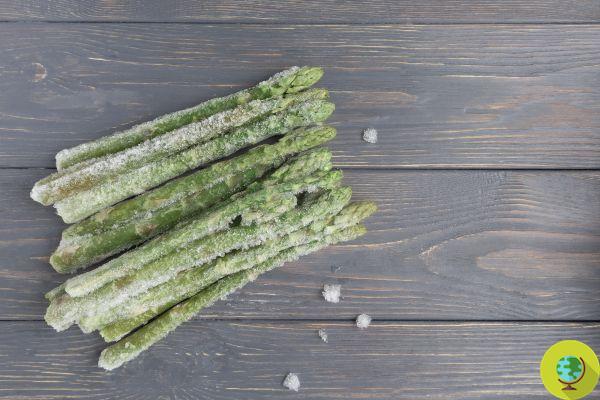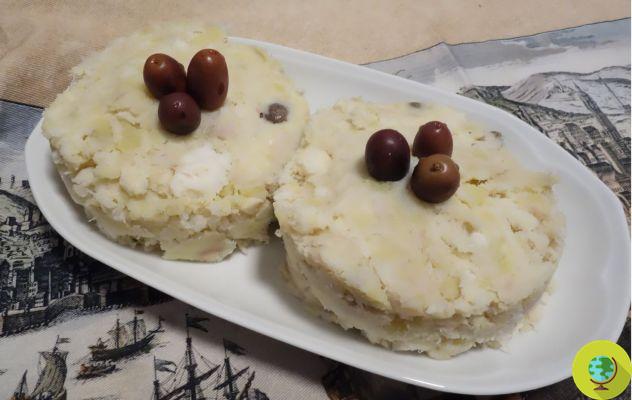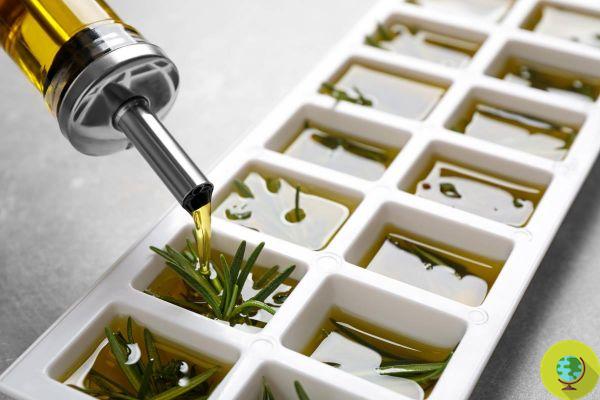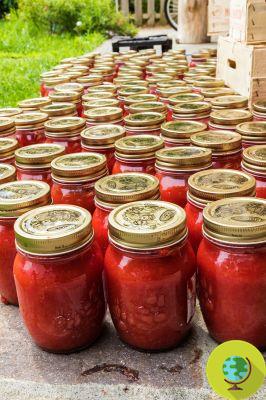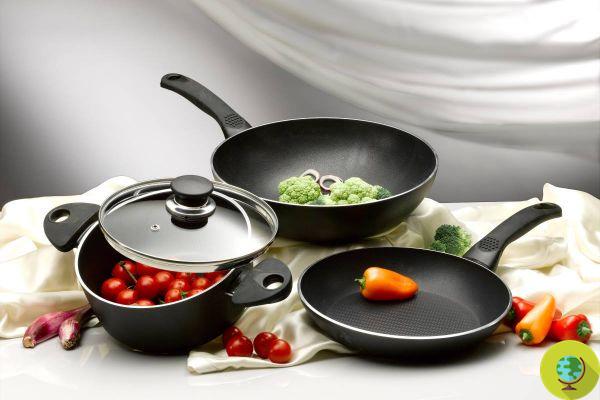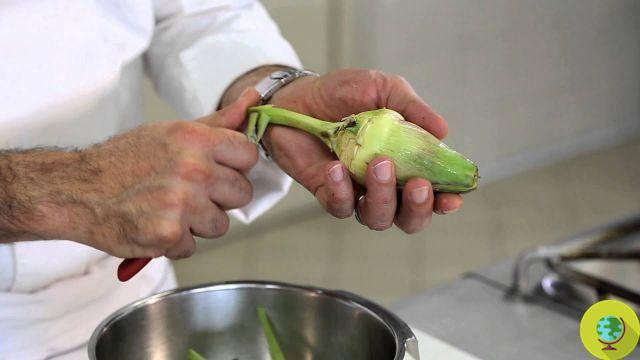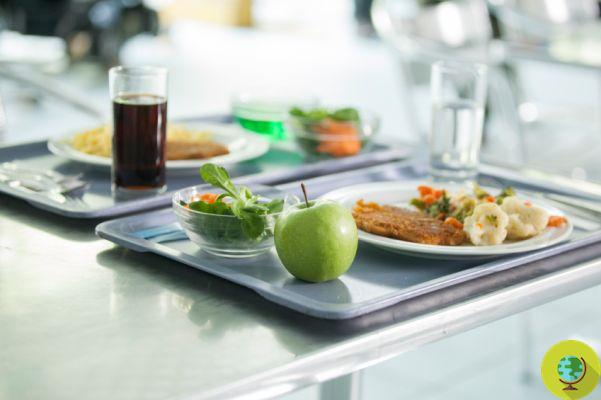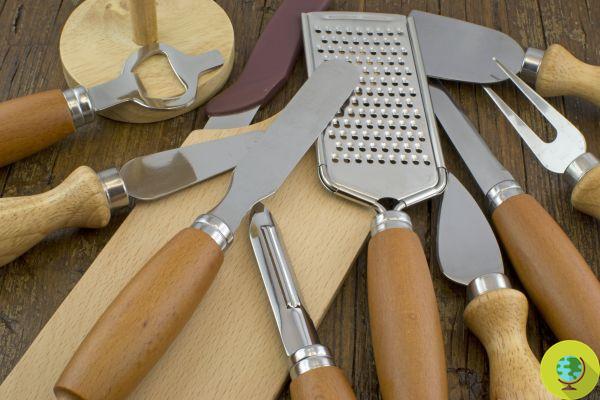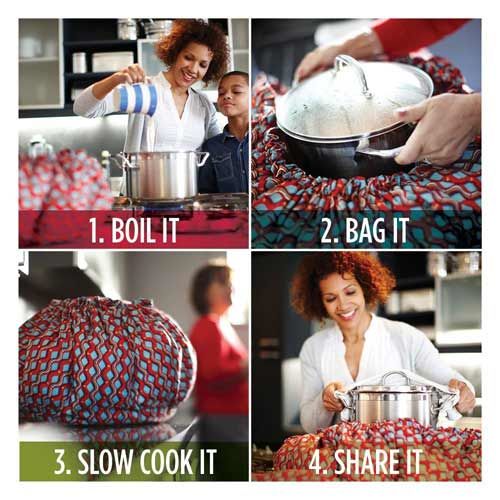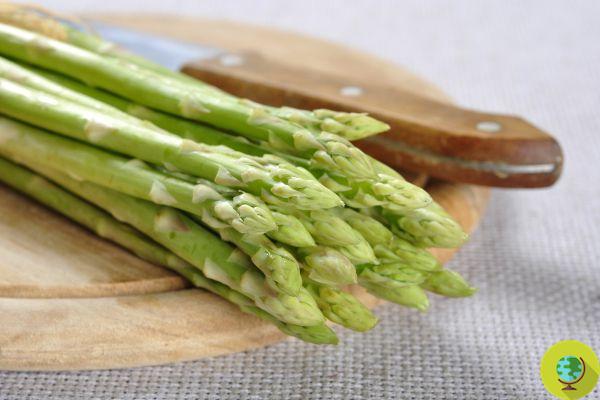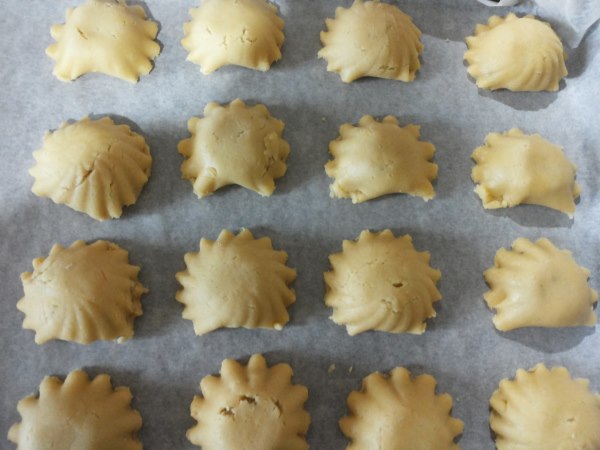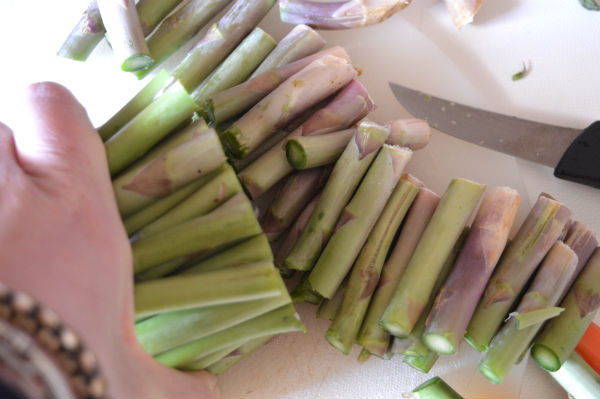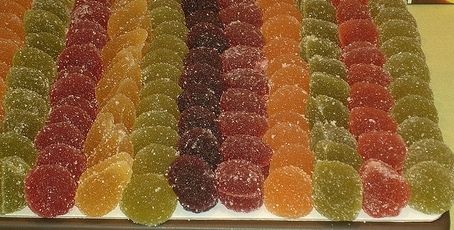Why don't dishes always come out clean and shiny after washing in the dishwasher? The answer could be in the way we arrange dishes and inside the carts of the appliance
He is about to end up run over, his mother saves himSome household appliances - such as washing machines, dryers or dishwashers - have significantly contributed to facilitating household chores, by automating processes that were once done by hand, with significant savings in terms of time.For example, time it takes about 10 minutes to load and unload a dishwasher, while it would take up to 60 minutes to wash all the dishes by hand.
However, the dishes from the dishwasher do not always come out as clean as you would like, but the fault lies not with the appliance (unless it is malfunctioning): despite the very common and frequent use of this appliance, the cleaning mechanisms that take place at the its internals are not yet fully understood by users. Often, in fact, the responsibility for poor washing is ours and how we arrange the dishes inside the special trolleys.
A few years ago, a team of researchers from the University of Birmingham conducted a study on what was the most correct way to place plates and glasses inside the dishwasher in order to have a flawless wash. To find a convincing answer, the scholars took into account four parameters:
- Dishwasher design and operating parameters;
- Type of load inside the dishwasher;
- Types of food dirt;
- Detergent formulation.
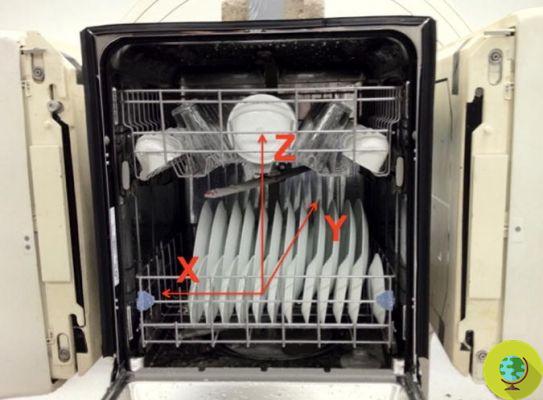
©Chemical Engineering Journal
Beyond these factors to be taken into account when washing in the dishwasher, in reality the real difference is made by the water and its distribution inside the appliance. Depending on how they hit the surfaces to be washed, the jets of water produce such stresses that they peel off the dishes and remove traces of dirt - in a process known as fluid-mechanical removal. (Also read: 10 things you shouldn't put in the dishwasher)
Taking advantage of fluid-mechanical removal is the key to the success of our washing: the stronger the jet of water, the greater the degree of cleanliness of the dishes, which will be literally hit by the force of the liquid which will carry away all traces of dirt. It is important to underline that the fluid-mechanical removal does not depend in any way on the type of detergent used.
Washing the dishes: the dishwasher is more environmentally friendly than hand washing only if you DO NOT make this mistake
In a classic dishwasher, the jets of water are dispensed from above, so that the liquid spreads "like rain" throughout the drum (gradually decreasing its cleaning power). Therefore, it is advisable to place particularly dirty and greasy pots, pans or dishes in the trolley at the top, so that they are directly hit by the water jet and well degreased.
On the contrary, it is better to place more delicate (and less dirty) glasses and dishes in the lower shelves of the dishwasher or in the side areas of the drum: in this way they will not be under the direct and aggressive jet of water, but will still be affected by the washing operations.
Follow your Telegram | Instagram | Facebook | TikTok | Youtube
Read all our dishwasher articles:
- How to clean the dishwasher detergent basket
- Does the dishwasher stink? Solve the problem with these ingredients that you also have at home
- Clean the dishwasher in 4 steps: how to get rid of bad smells with these tricks
- 5 do-it-yourself detergents for the dishwasher
- Dishwasher detergents, let's learn to read the labels: the list of dangerous ingredients
Fonte: Chemical Engineering Journal





